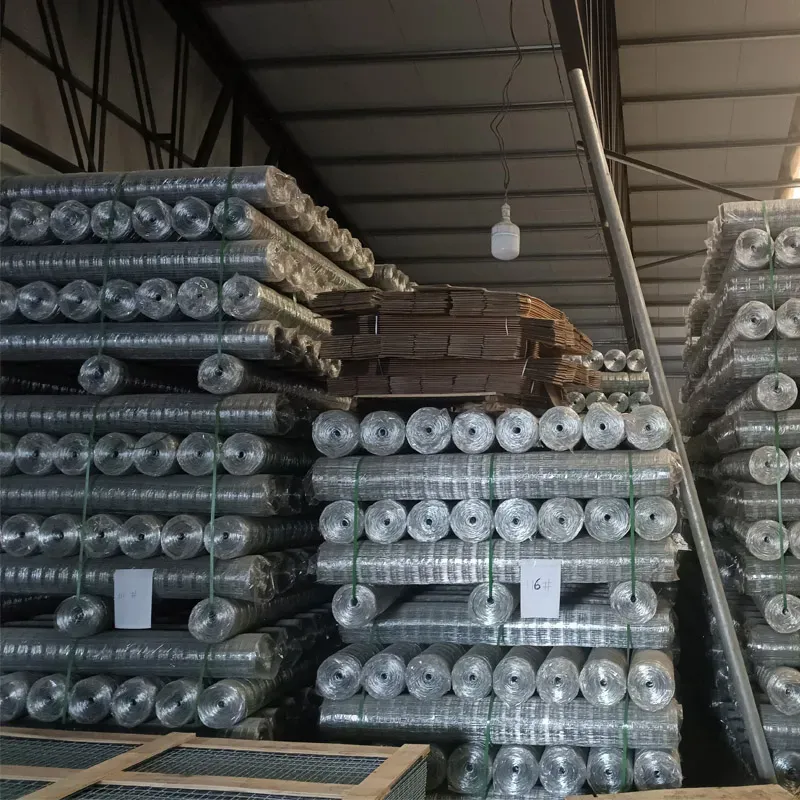Nov . 27, 2024 23:17 Back to list
A Comprehensive Guide to Iron Nail Production Techniques and Processes
The Manufacturing Process of Iron Nails A Closer Look
Iron nails are a fundamental component in construction, woodworking, and various industrial applications. Their durability and strength make them an essential choice for both professionals and DIY enthusiasts. The manufacturing of iron nails involves several critical steps, each designed to ensure the highest quality and performance of the final product.
Raw Materials and Initial Preparation
The primary raw material for manufacturing iron nails is iron, which may come in various forms, including wrought iron and low-carbon steel. The choice of material depends on the intended use of the nails; for instance, low-carbon steel is often preferred for its malleability and strength. The manufacturing process begins with the procurement of these raw materials, which are typically sourced from steel production facilities.
Once the materials are secured, they undergo initial preparation. This often involves cutting the steel wire to the desired length. The wire is generally delivered in coils, necessitating a cutting method that ensures uniform size across all pieces. Precision is critical at this stage, as inconsistencies can lead to structural weaknesses in the final nails.
Shaping the Nails
After cutting, the next step in the manufacturing process is shaping. This is typically achieved using a nail-making machine, designed to form the nails quickly and efficiently. The machine operates by feeding the cut wire into a series of dies that shape the head and point of the nail. The head of the nail is crucial, as it needs to provide a surface that can withstand hammering without deformation.
During this process, the nails are formed into a variety of shapes and sizes, catering to different market needs. For example, common nails, finishing nails, and roofing nails all have distinct characteristics tailored to their specific applications. The shaping machine can also produce nails with special features, such as textured surfaces for improved gripping.
iron nail manufacture

Heat Treatment and Finishing
Once the nails are shaped, they often undergo a heat treatment process. This stage is vital for enhancing the nails' strength and durability. Heat treatment involves heating the nails to a specific temperature and then cooling them rapidly, a process known as quenching. This method alters the microstructure of the iron, resulting in increased hardness.
After heat treatment, nails may require additional finishing processes. Surface treatments, such as galvanization or coating, are applied to prevent rust and corrosion, extending the nails' lifespan. Galvanization involves coating the nails with a layer of zinc, which acts as a protective barrier against environmental elements.
Quality Control and Packaging
Quality control is an integral part of the nail manufacturing process. Each batch of nails is tested to ensure it meets industry standards for strength, dimensions, and finish. This may involve destructive testing methods, where samples are subjected to stress until they fail, allowing manufacturers to ascertain the durability of their products.
Once the nails pass quality assurance tests, they are packaged for distribution. Packaging is designed to make transportation and storage convenient while protecting the nails from damage. Various options, such as bulk boxes or smaller retail packages, are available, catering to different consumer needs.
Conclusion
The process of manufacturing iron nails may seem straightforward, but it encompasses a series of intricate steps that culminate in a reliable and durable product. From the careful selection of raw materials to the rigorous quality control measures, each stage is vital in producing nails that can withstand the test of time. As construction and DIY projects continue to flourish, the demand for high-quality iron nails remains consistent, underscoring their significance in a wide range of applications. Manufacturers continually seek ways to improve efficiency and quality, ensuring that iron nails will remain a staple in the industry for years to come.
-
The Role of Field Wire Fence in Grassland Conservation
NewsJul.15,2025
-
Stainless Steel Razor Wire Durability in Coastal Environments
NewsJul.15,2025
-
Enhancing Home Security with Mesh Fences
NewsJul.15,2025
-
Diamond Mesh Wire for Small Animal Enclosures
NewsJul.15,2025
-
Common Wire Nail Tensile Strength Testing for Woodworking
NewsJul.15,2025
-
Barbed Wire Corrosion Resistance Galvanization Techniques
NewsJul.15,2025









